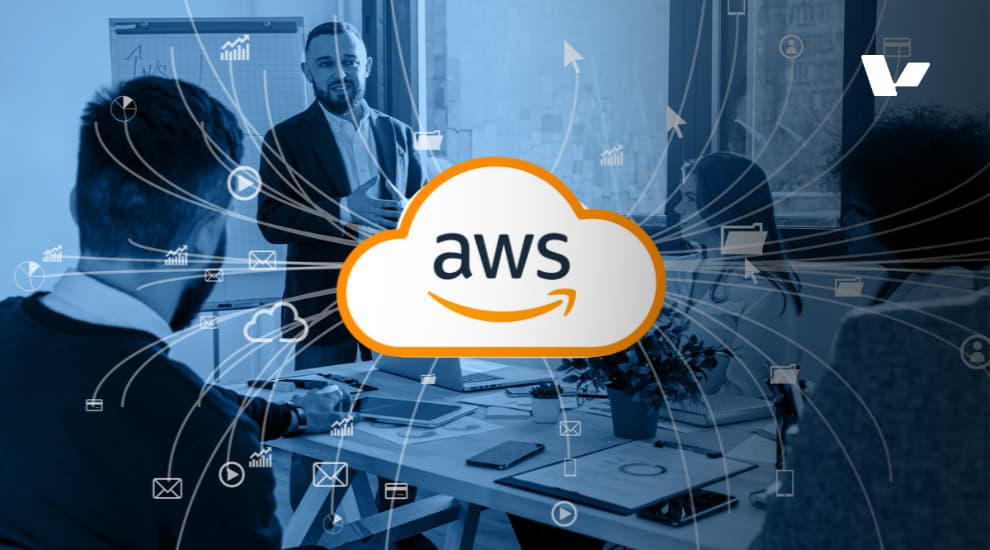Most of the time, IT leaders, project or product managers, and product owners do not have a clear understanding of the costs associated with developing a new product or feature using AWS. This lack of awareness can lead to budget overruns and unexpected expenses. As an AWS client and partner, Valere aims to provide a comprehensive overview of these costs, helping decision-makers navigate the complex landscape of AWS pricing. AWS offers various pricing models, including a free tier for certain services, which allows companies to experiment and create proof of concepts without significant upfront investments. However, as a project scales and complexity increases, costs can quickly escalate, if not managed properly. This is where the expertise of AWS partners becomes invaluable. Understanding AWS pricing is particularly relevant for those who want to run AI projects and solutions inside their companies. It's essential to grasp the costs involved in creating proofs of concept, scaling solutions, and maintaining ongoing operations. By leveraging our expertise as an AWS partner, we will explore these costs in detail, providing insights that can help organizations optimize their AWS spending and maximize the value of their initiatives.

On this page
AWS Pricing Models and Its Implications for AI Projects
Hidden Costs in AWS AI Projects
The Role of AWS Partners in Cost Optimization
The Importance of Ongoing Monitoring and Optimization
Conclusion
AWS employs several pricing models, each suited to different use cases and project scales*:
For AI projects, which often require substantial computing power and storage, understanding these models is crucial. For instance, training large machine learning models might benefit from Reserved Instances or Savings Plans, while intermittent workloads could leverage Spot Instances.
Example: A financial services company running daily risk analysis models might use Reserved Instances for their base workload and Spot Instances for peak processing times, optimizing costs while maintaining performance.
While AWS pricing can seem straightforward, there are often hidden costs that can catch IT managers off guard:
Case Study: A retail company implementing an AI-driven recommendation system found their AWS bill unexpectedly high due to frequent data transfers between their on-premises systems and AWS. By optimizing their data architecture and leveraging AWS Direct Connect, they reduced their monthly costs by 30%.

AWS partners, particularly those with expertise in AI and machine learning, can provide significant value in managing and optimizing costs:
Example: An AWS partner helped a healthcare organization optimize their medical image analysis pipeline, reducing processing time by 40% and cutting monthly AWS costs by 25% through a combination of architecture redesign and implementation of auto-scaling policies.

AWS environments are dynamic, and costs can fluctuate based on usage patterns, new service introductions, and pricing changes. AWS partners provide continuous monitoring and optimization services, ensuring that AI projects remain cost-effective over time.
Statistics show that companies working with AWS partners typically achieve 27% lower costs and 34% faster deployment times compared to those managing AWS independently (Source: IDC study commissioned by AWS, 2022).
Understanding AWS pricing is essential for Enterprise IT managers embarking on AI projects. While AWS offers powerful tools and services, managing costs effectively requires expertise and ongoing attention. Partnering with experienced AWS consultants and software development firms can provide significant benefits, from initial architecture design to ongoing optimization.
By leveraging the knowledge and experience of AWS partners, companies can focus on their core business objectives while ensuring their AI projects are both technologically advanced and cost-effective.
By taking these steps and considering partnerships with AWS experts, Enterprise IT managers can position their organizations for success in the rapidly evolving world of AI and cloud computing.
*Some of this prices might not be available now. The content and materials herein are provided solely on the basis that they will not constitute advice.

Share